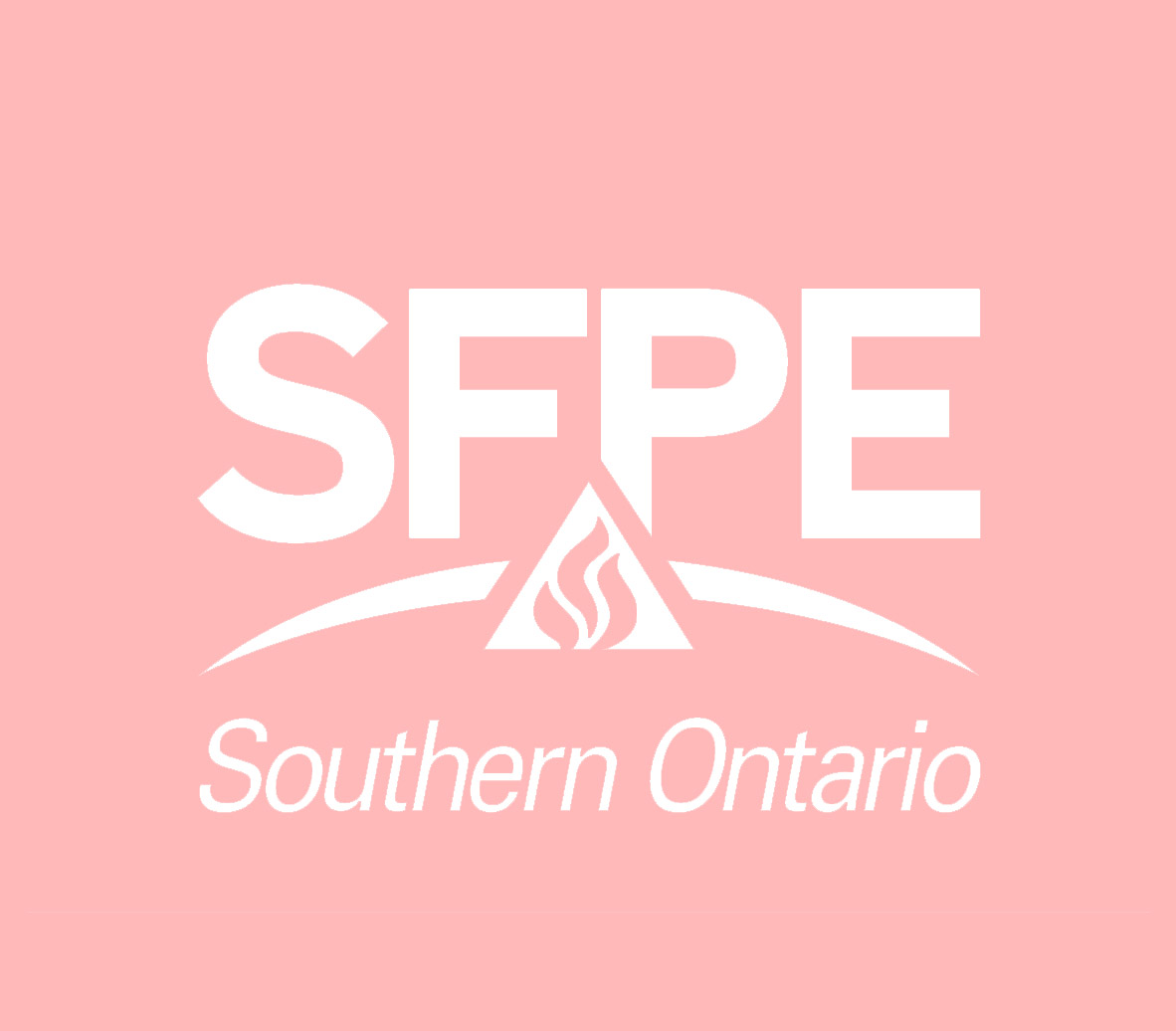SPEAKER:
Richard Ilomaki
 RICHARD ILOMAKI attended Central Technical School in Toronto from 1959 to 1964, taking the General Pre-Engineering courses. From 1965-70 he worked as a general labourer in a precious metal refinery and later for an international chemical manufacturing company as a laboratory technician and shift supervisor in large phosphorous and chlorine dioxide bleach plants.
RICHARD ILOMAKI attended Central Technical School in Toronto from 1959 to 1964, taking the General Pre-Engineering courses. From 1965-70 he worked as a general labourer in a precious metal refinery and later for an international chemical manufacturing company as a laboratory technician and shift supervisor in large phosphorous and chlorine dioxide bleach plants.
In 1970 he joined Factory Mutual Engineering Toronto in the Field Engineering group and in 1975 joined Allendale Insurance in the Account Engineering group.
During the 70s he also taught for 19 years in the Fire Protection night program at Seneca College. In 1995 he relocated to the Vancouver Allendale Office in the Account Engineering group working mainly with forest products operations, including Fire and Boiler & Machinery as well as in petrochemical plants.
In 1997 he relocated to the FM Operations Asia in Singapore and P.R.China as Field Operations Specialist in Semi-conductor , Petro-Chemical, Electronics and Mining occupancies. The primary responsibility was training new local engineers in the growing Asian operations. Countries visited : China & Taiwan, Japan, Indonesia, India, Pakistan, Mongolia, Kyrgyzstan, Thailand, Malaysia and Singapore.
In 2007 he returned to FM Toronto for two years and retired in 2009 as Senior Loss Prevention Specialist.
SYNOPSIS:
Fire Protection Engineers have always been called upon when explosions are possible in new or existing occupancies, and importantly, when routine designs may not be aware of the potential property damage and life hazards lurking unsuspected!
This presentation will define an explosion, differentiate the various types and outline some general shared characteristics. Some case studies will be examined and some references for further study will be presented. Prevention and protection measures are subjects for detailed examination in another presentation but may be intuited from the examples and cases.
Damaging instantaneous pressures have been part of our history for centuries but only in the last 100 or so years have scientists and engineers begun to learn the how, why (and how not to), and this process continues.
ITINERARY:
| 1:00 PM |
to |
2:30 PM |
Presentation & Questions |



